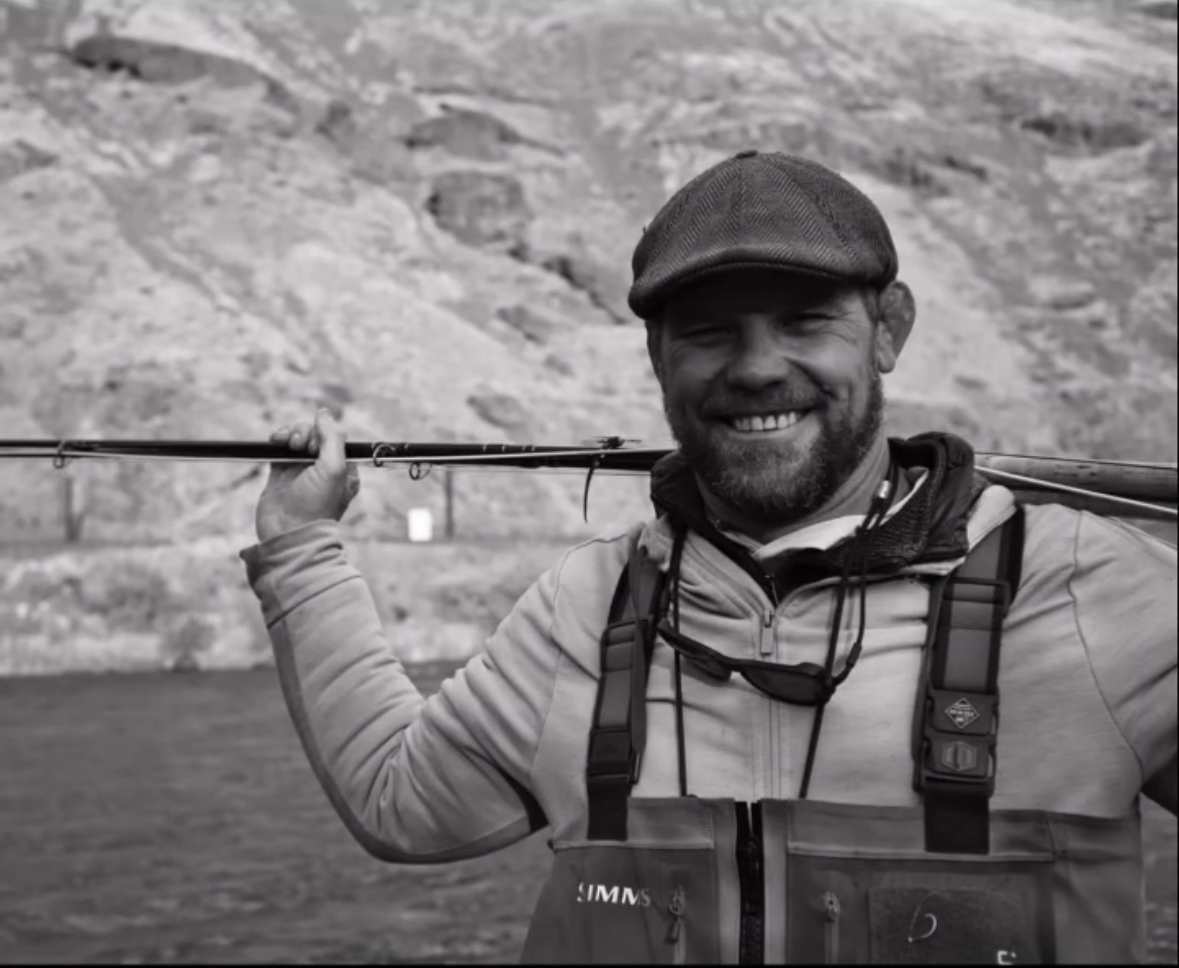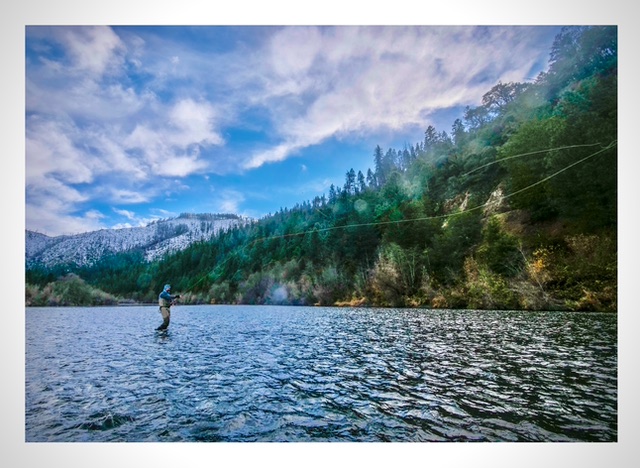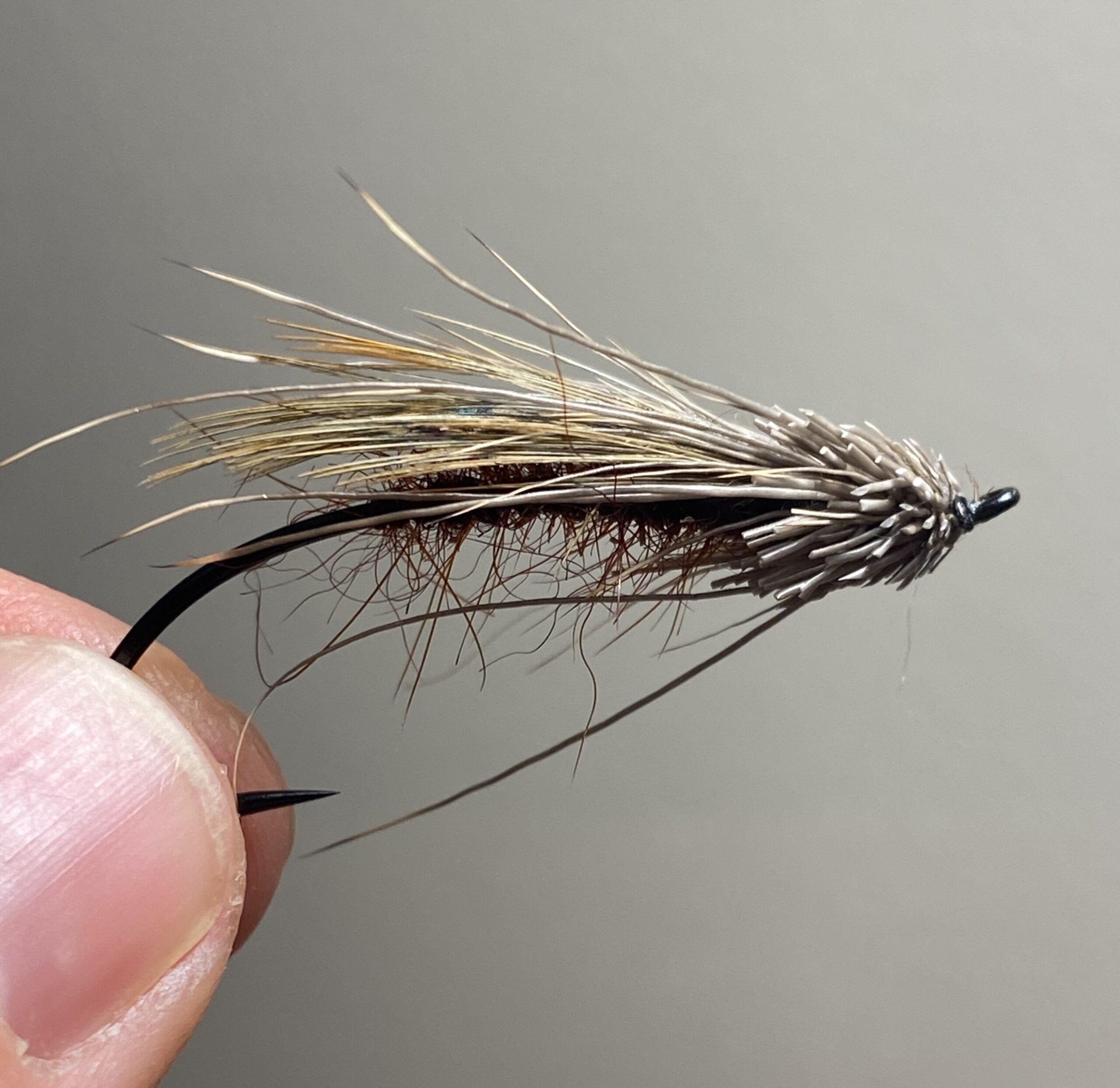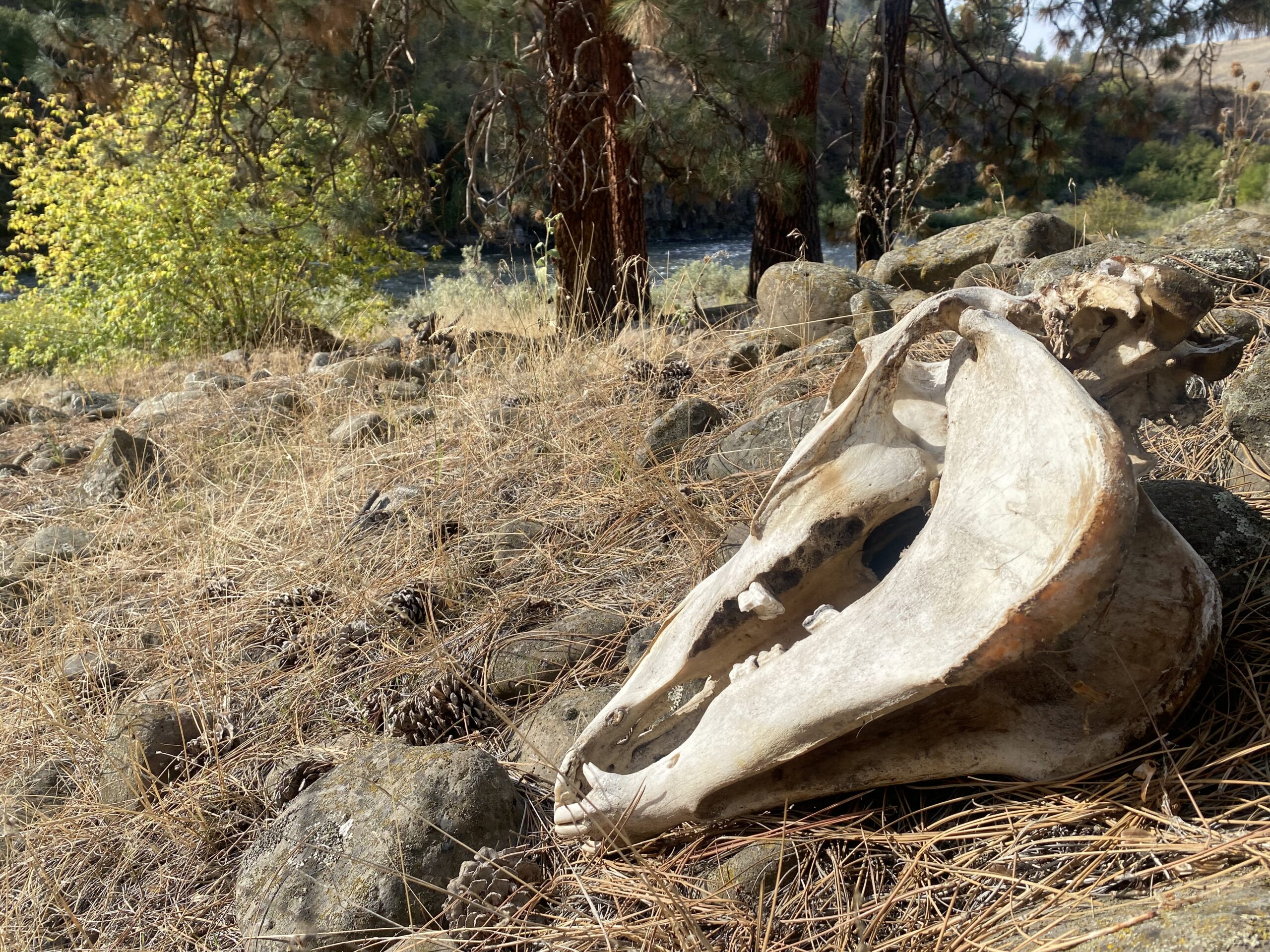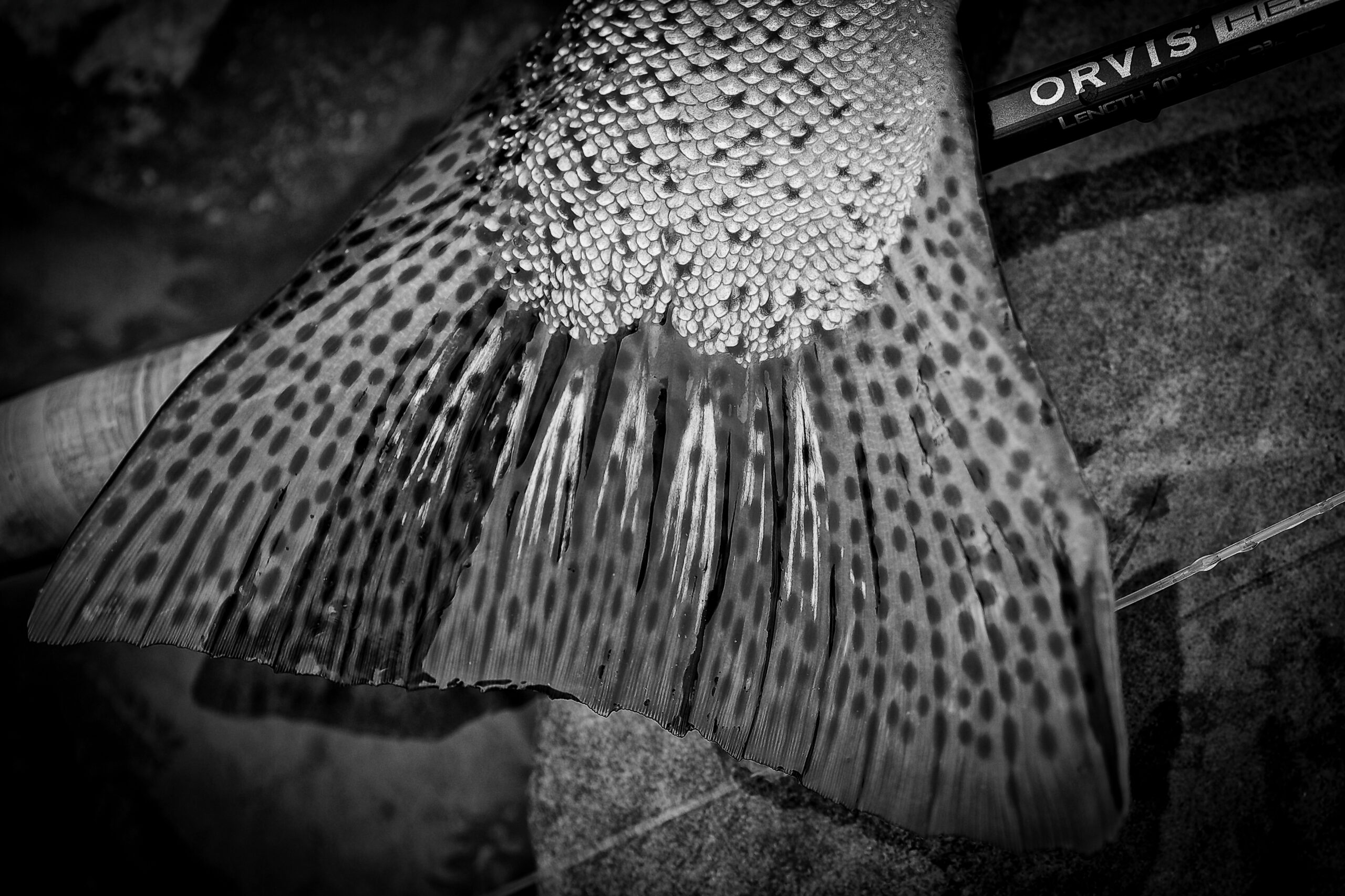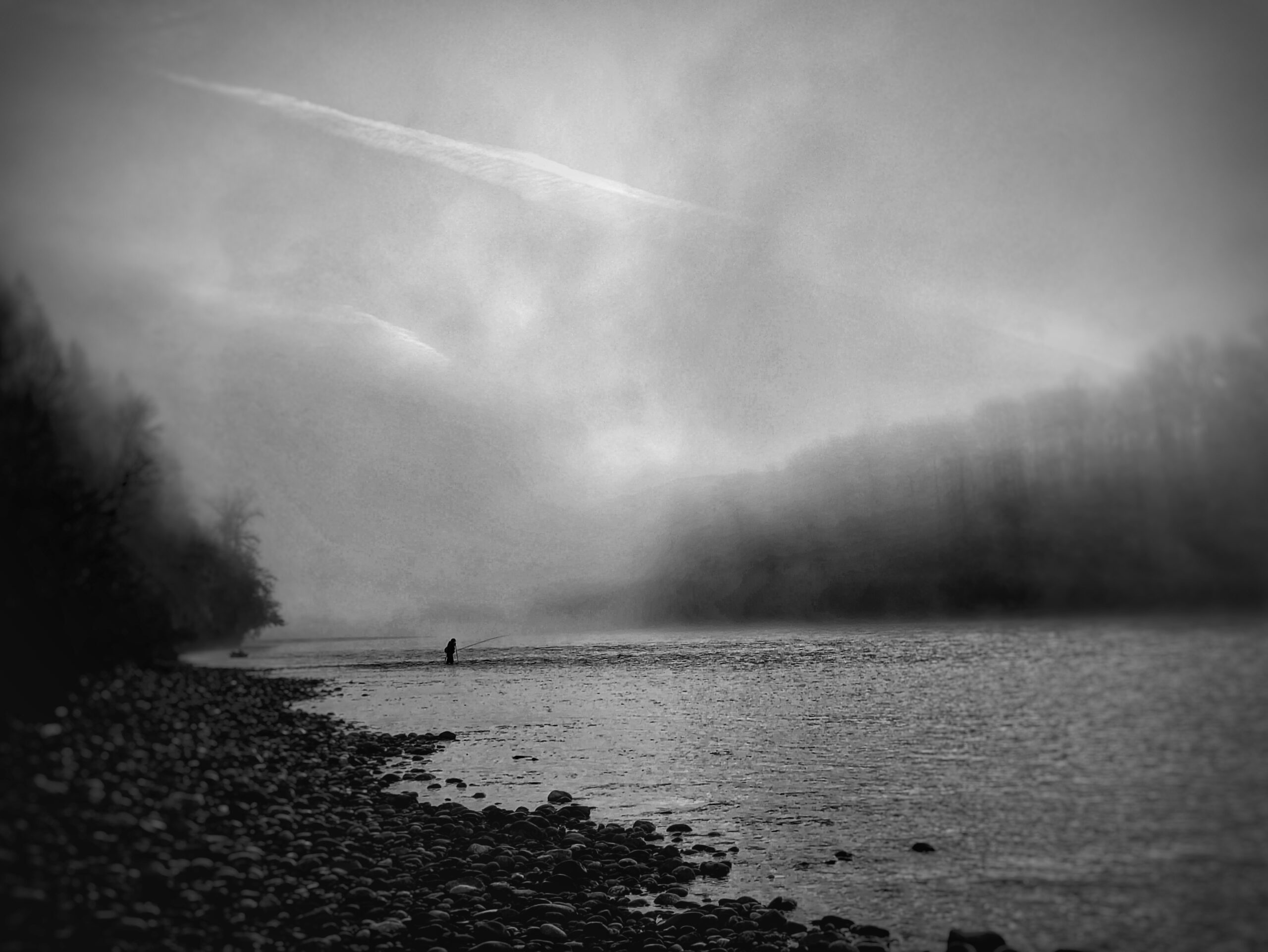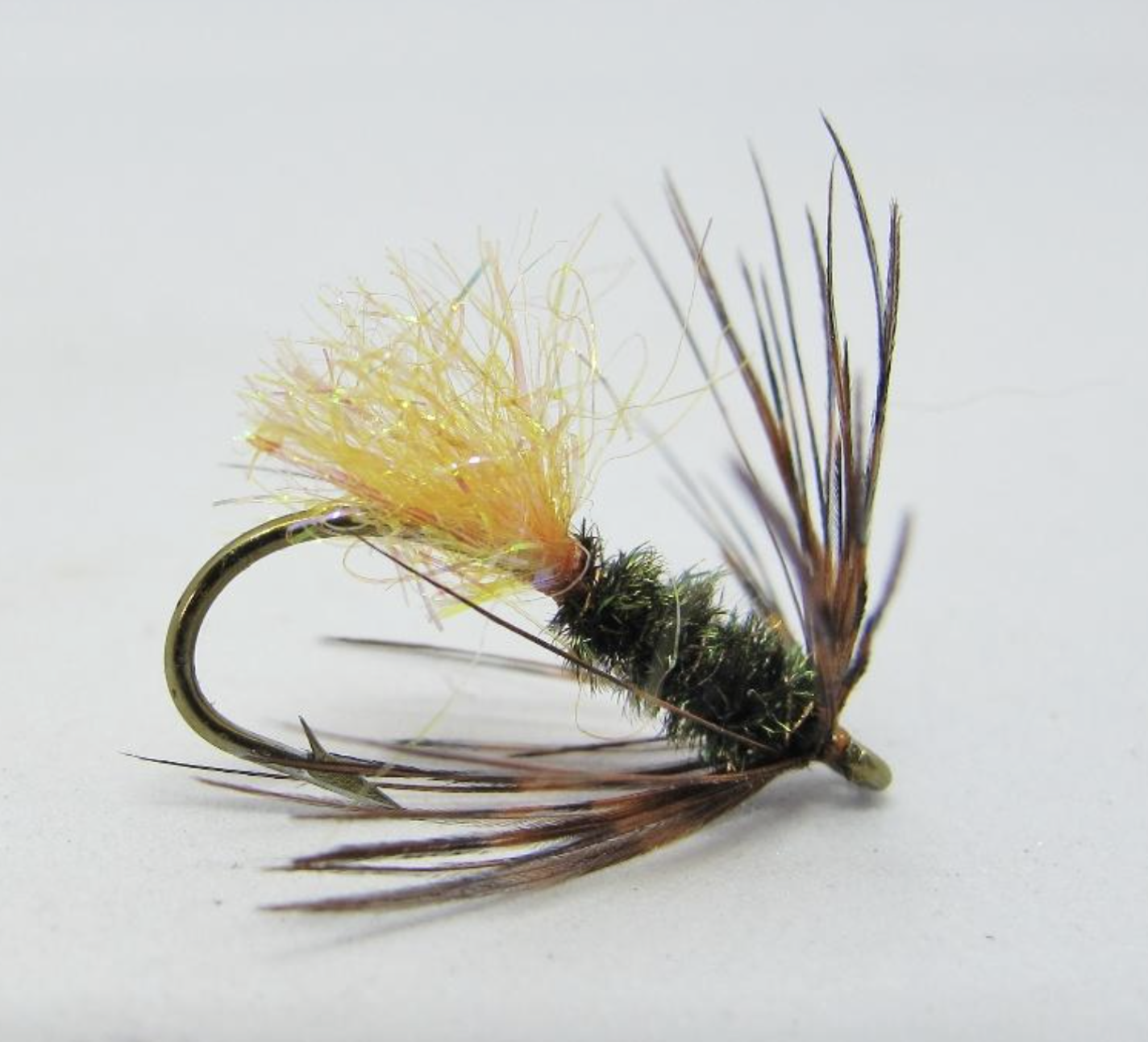On sale now for Swing The Fly subscribers ONLY through Jan. 15th. Production begins January 2025.
Articles
2024 Survey Of Spey
Let us know how we’re doing to win a LIFETIME print & digital subscription
Protected: Conservation Corner: Proposal to sell public lands is off the table
There is no excerpt because this is a protected post.
Episode 146 – Isaac Sebastian, Elijah Haak, Anders Martenson
After a slightly longer than expected hiatus post cross country move the River Rambler is back and this week I’m joined by a trio. Isaac Sebastian, Anders Martinson, and Elijah Haak talk with me all about coercing each other to guide in Alaska, learing in the Arctic Circle, finding out you live next to Corey […]
Episode 145 – Josh Schwartz
This week I’m talking with Josh Schwartz of Travel Creel. We talk about his childhood on Long Island and his grandmother introducing him to fishing, grief and his decision to enter the culinary world, working for David Bouley and NYC biking, his time at the French Laundry, his first fly fishing experience, his time in […]
Photo Gallery: 2025 Sandy River Spey Clave
An open source gallery focused on the Faces of the 2025 Sandy River Spey Clave.
Spey Casting With Travis Johnson:
For more, be sure to subscribe to Travis Johnson’s Everything Spey channel on Instagram. You can book a day of fishing for Trout, Summer, or Winter Steelhead with Travis. Book with him today by messaging him directly on Instagram: @All_Waters_Angling . You can lear… Become a member of Swing the Fly To read this article […]
The Art of Seeing
For a long time, now, I’ve been thinking of a story I heard about two men who visit the Museum ofModern Art, right in the heart of Manhattan. The island of concrete where there’s not a trout streamfor hours and hours. Just a sea of humanity. The first man is someone I’ve probably seen before […]
Spey 101: Simplify
Most spey anglers start their two-hand casting and swung fly journey with one rod, one line, and a handful of flies. Sometime soon, though, if they’re hooked, that will change drastically. Multiple rods, reels, lines and more will overfill the truck bed. If we don’t have a fishing friend who takes a… Become a member […]
B.T.S & S.B.S: The Thompson River Caddis
I went through a phase of fishing where I spent a large portion of my time only fishing surface patterns. Regardless of temperature or conditions, I had some pattern designed to skate or wake in the film on the end of my tippet. I didn’t care much about catching a fish; I was more about […]
Dead Wet Things
After the last snowfall, the earth cracked open under the sun’s strange heat. The mountains sighed and spilled shimmering streams to gather at their hems; the water rolling east down into the valleys as veins to nourish and awaken the dormant earth to a new spring. The water bodiesrose; the fish re… Become a member […]
The Huchenwaschl
Do you know what a “waschl“ is? I’ll guess not, so you get a short crash course in Bavarian dialect. Actually, there are many variations to explain and translate this word but the main concern for us is that it usually means something big. So if you meet a Bavarian fisherman and he tells you […]
“So, You’re Saying I Shouldn’t Use a Skagit Line On The Skagit River?”
Photo: Joe Rossano. Yes, that’s exactly what I’m saying. At least insofar as we’re talking a standard Skagit head with a floating body and a chunk of T-whatever looped to the end. “Heresy!” you say. Maybe. Maybe not. In fact, you might be better off using a full-sinking Scandi line when fishing for… Become a […]
The Treacle Parkin: Dressing & Recipe
“… What did they live on?” asked Alice, who always took a great interest in questions of eating and drinking. “They lived on treacle,” said the Dormouse, after thinking a minute or two.  … Become a member of Swing the Fly To read this article and receive other special member-only benefits, including the Anthology annual coffee table […]





